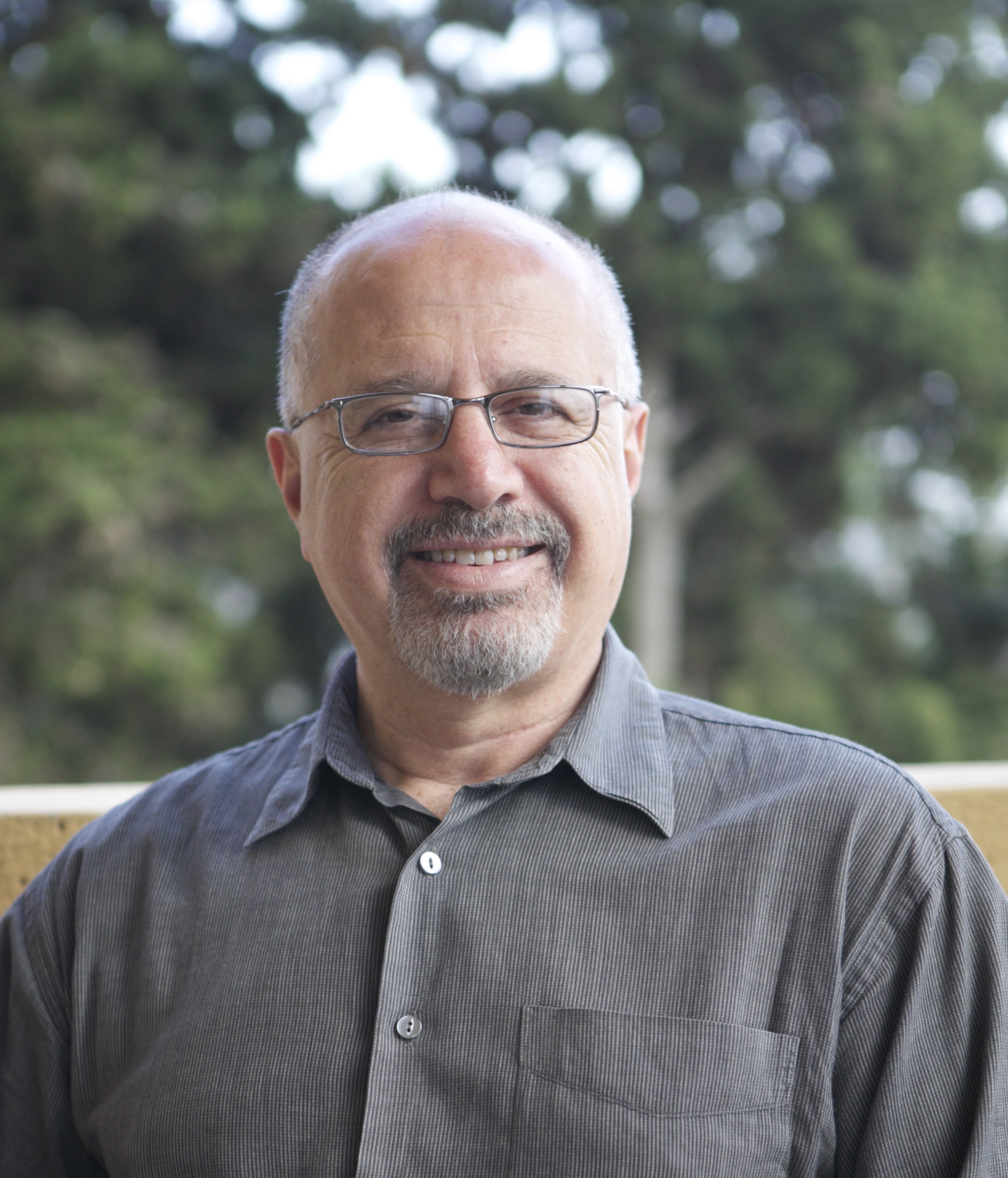‘Leftist Scum’ Memer Raised $400K for Planned Parenthood as a Special Tribute to Rush Limbaugh
“You know how to stop abortion?” Limbaugh once said. “Require that each one occur with a gun.”
By Carter Sherman
19.2.21
When Tommy Marcus learned that Rush Limbaugh had died, he grieved in the only way that felt right: He donated $100 to Planned Parenthood in Limbaugh’s memory, because the conservative radio host would have absolutely hated it.
Marcus posted a screenshot of his donation to his Instagram page, Quentin Quarantino, where he’d amassed more than half a million followers through months of posting memes about pandemic life and dunking on conservatives. At the last minute, Marcus decided to turn the post into a fundraiser for Planned Parenthood. He hoped it could raise $10,000.
By Friday afternoon, the Quentin Quarantino Rush Limbaugh Memorial Planned Parenthood Fundraiser had collected more than $400,000.
“It was really an experiment, and the results have been unbelievable,” Marcus said. Donations, he said, are averaging out at about $20 each.
“It’s really cool to see that such a polarizing figure and such a bitter history of Rush Limbaugh could inspire such a constructive and meaningful thing.”
Marcus, who’s 25 and based in New York City, works in social media full-time. Before launching the fundraiser, he’d posted several memes that, if they didn’t outright celebrate Limbaugh’s death, made it clear that Marcus was not sorry that the conservative icon was dead.
“Rush Limbaugh has been someone who’s spent decades clogging the airwaves with sexist, homophobic, racist, endlessly discriminatory propaganda,” said Marcus, who singled out Limbaugh’s track record of mocking AIDS and those who died from it as particularly offensive.
“He is really, to me, the embodiment of Trump’s America, of hatred, of the division that we see in our country right now.”
Limbaugh liked to take particular aim at feminists—or, as he called them, “feminazis.”
“You know how to stop abortion?” he once remarked. “Require that each one occur with a gun.”
Infamously in 2012, Limbaugh denounced Sandra Fluke, then a Georgetown University law student, after she testified in Congress in support of health insurance coverage for birth control, by calling her a “slut” and a “prostitute.”
“If we’re going to pay for your contraceptives and thus pay for you to have sex, we want something for it; we want you to post the videos online so we can all watch,” said Limbaugh, who later apologized after a furious backlash.
Marcus has also taken to posting some of the direct messages he’s received from Planned Parenthood supporters.
“They made me feel less alone and never judged,” one person wrote. “I finally felt heard and safe.”
Another wrote in to condemn South Carolina for passing, on Thursday, a law that would ban abortion after just six weeks of pregnancy—before many people even know they’re pregnant. Planned Parenthood immediately sued over the law. On Friday, the organization secured a court order that will keep it from going into effect.
“During a pandemic that is raging out of control in our state because no one believes in science, this was the legislation they decided to pursue,” the writer messaged Marcus, adding, “As a survivor of sexual assault, waking up the past few days to see your fundraiser for Planned Parenthood has literally made my week.”
Marcus had used his page to donate money to groups like Planned Parenthood and No Kid Hungry, as part of what he calls an effort to “troll for good.” (His Instagram bio includes a description from a former follower: “You’re like if John Oliver made a meme page. Leftist scum.”) But this fundraiser is by far his most successful effort—and now he’s hoping it’ll hit $1 million.
“I’m definitely not going to stop this until it reaches $1 million, because I genuinely believe at this point that it’s completely possible,” he said. “I did not realize it was going to get anywhere near where it is right now.”
Paul Blest contributed reporting.


















